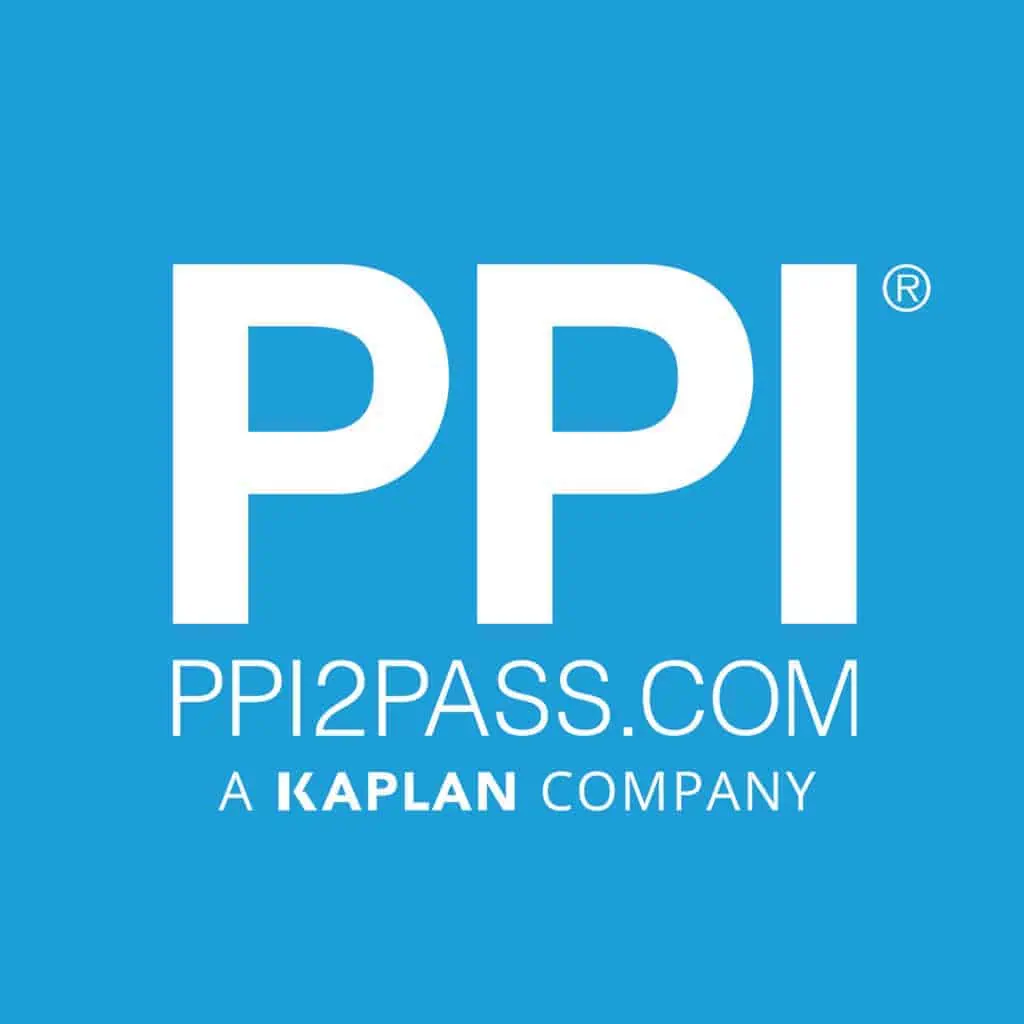In this article (and video above), I explain what a fire protection engineer (or FPE) do, the steps to becoming one, and how the FE exam is part of your pathway.
A fire protection engineer (or FPE) is a specialized engineering professional who focuses on designing systems and measures to prevent, control, and mitigate fire-related risks in buildings, structures, and various environments. Fire protection engineers utilize their knowledge of fire science, engineering principles, and applicable codes and standards to develop effective fire protection strategies.
A Fire Engineers’ Responsibilities May Include:
[Read more…] about Becoming a Fire Protection Engineer: Requirements and Path to Licensure
 Matthew currently serves as the operations leader for the Engineering Management Institute. As a leader, Matthew’s goal is to ensure the efficacy and efficiency of the Learning and Development group. As a civil engineer by trade, Matthew has developed a passion for construction and stormwater management by way of maintenance and rehabilitation services. Matthew has also had experience working for private consulting firms and public agencies and has even held a role of an educator. As such, he loves to lead, build, mentor, and help those in need.
Matthew currently serves as the operations leader for the Engineering Management Institute. As a leader, Matthew’s goal is to ensure the efficacy and efficiency of the Learning and Development group. As a civil engineer by trade, Matthew has developed a passion for construction and stormwater management by way of maintenance and rehabilitation services. Matthew has also had experience working for private consulting firms and public agencies and has even held a role of an educator. As such, he loves to lead, build, mentor, and help those in need.

